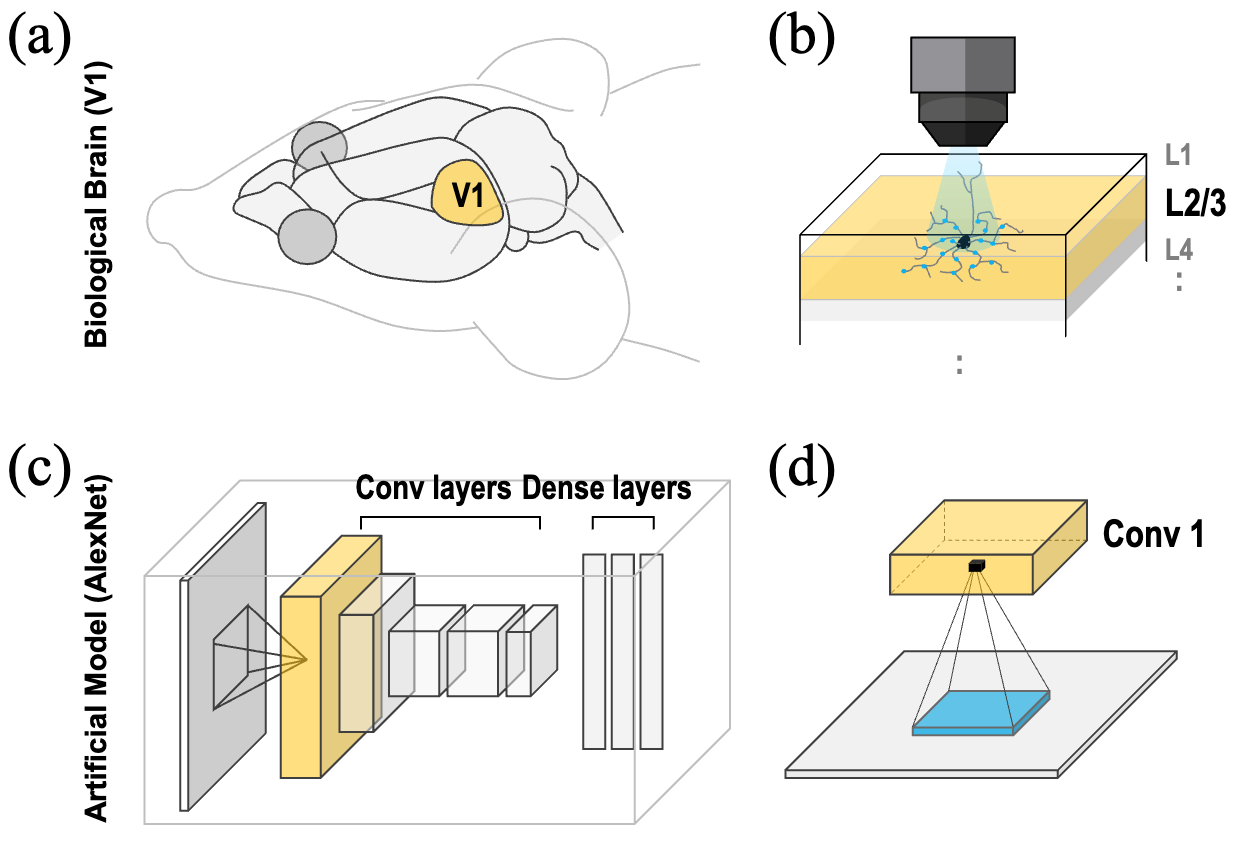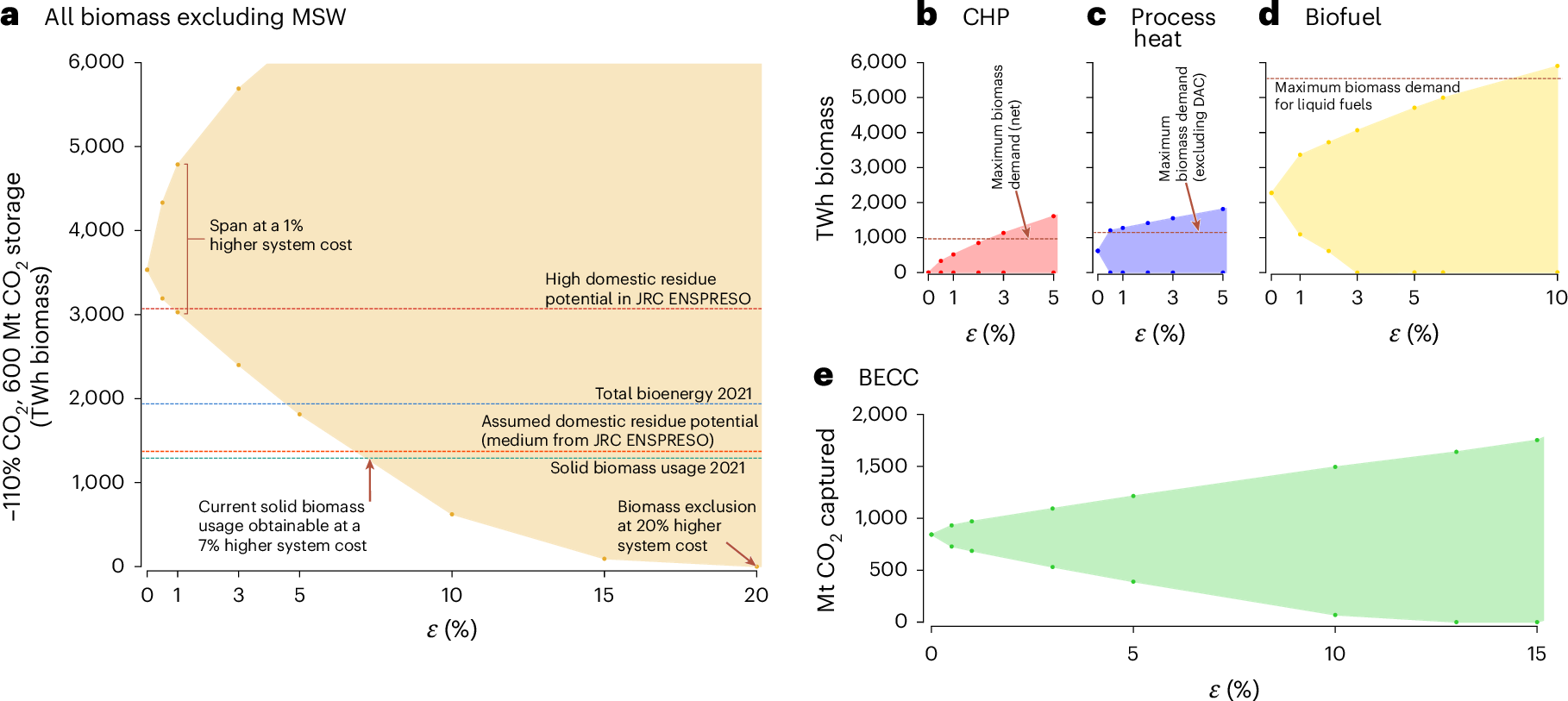2025-04-22 韓国基礎科学研究院(IBS)

Figure 1. Information Processing Structures of the Brain’s Visual Cortex and Artificial Neural Networks
<関連情報>
- https://ibs.re.kr/cop/bbs/BBSMSTR_000000000738/selectBoardArticle.do?nttId=25795&pageIndex=1&searchCnd=&searchWrd=
- https://openreview.net/forum?id=0LSAmFCc4p
脳からヒントを得たLp-Convolutionは大きなカーネルに有効であり、視覚野によりよく適合する Brain-inspired Lp-Convolution benefits large kernels and aligns better with visual cortex
Jea Kwon, Sungjun Lim, Kyungwoo Song, C. Justin Lee
ICLR 2025 Published: 23 Jan 2025
Abstract
Convolutional Neural Networks (CNNs) have profoundly influenced the field of computer vision, drawing significant inspiration from the visual processing mechanisms inherent in the brain. Despite sharing fundamental structural and representational similarities with the biological visual system, differences in local connectivity patterns within CNNs open up an interesting area to explore. In this work, we explore whether integrating biologically observed receptive fields (RFs) can enhance model performance and foster alignment with brain representations. We introduce a novel methodology, termed Lp-convolution, which employs the multivariate Lp-generalized normal distribution as an adaptable Lp-masks, to reconcile disparities between artificial and biological RFs. Lp-masks finds the optimal RFs through task-dependent adaptation of conformation such as distortion, scale, and rotation. This allows Lp-convolution to excel in tasks that require flexible RF shapes, including not only square-shaped regular RFs but also horizontal and vertical ones. Furthermore, we demonstrate that Lp-convolution with biological RFs significantly enhances the performance of large kernel CNNs possibly by introducing structured sparsity inspired by Lp-generalized normal distribution in convolution. Lastly, we present that neural representations of CNNs align more closely with the visual cortex when -convolution is close to biological RFs.



